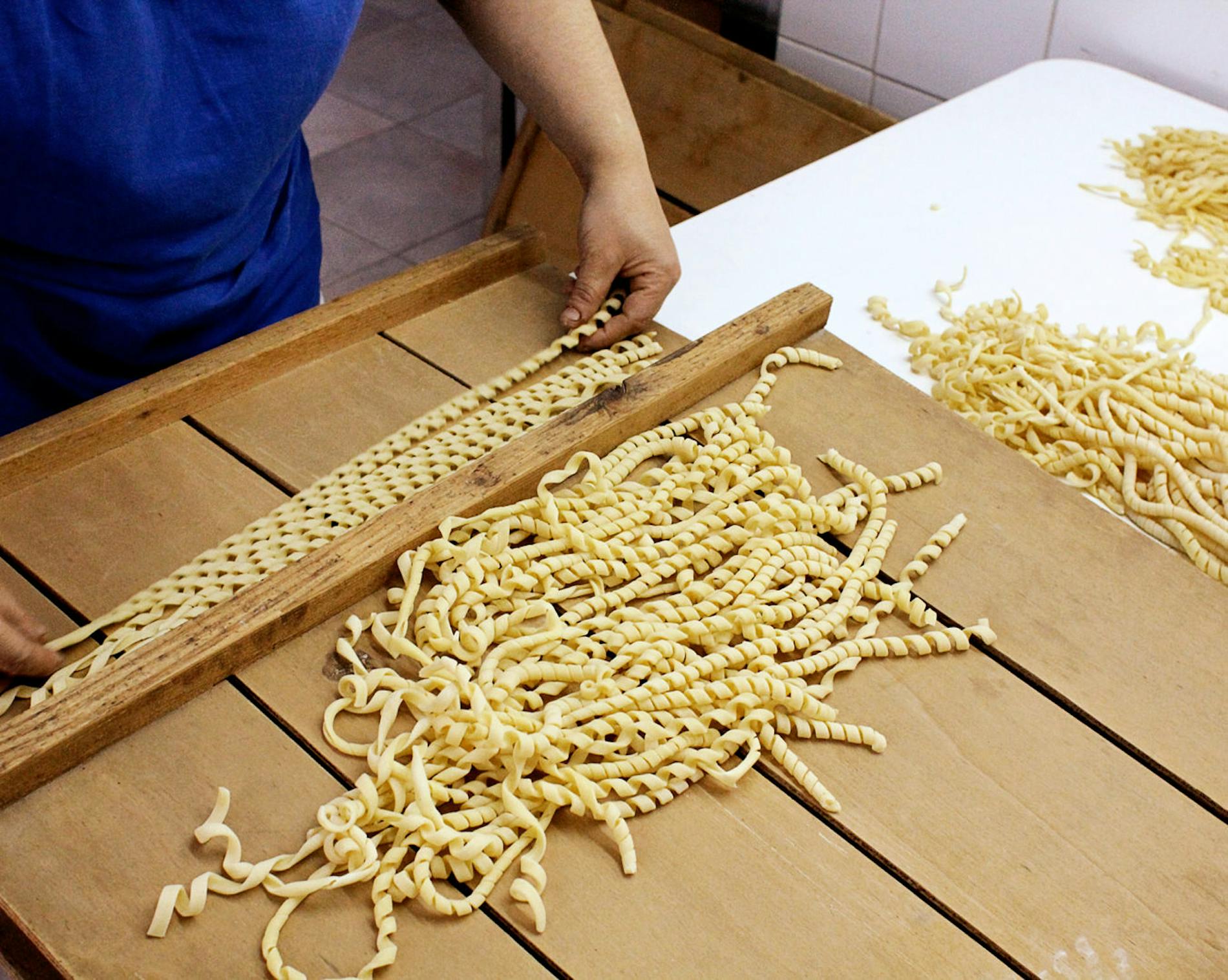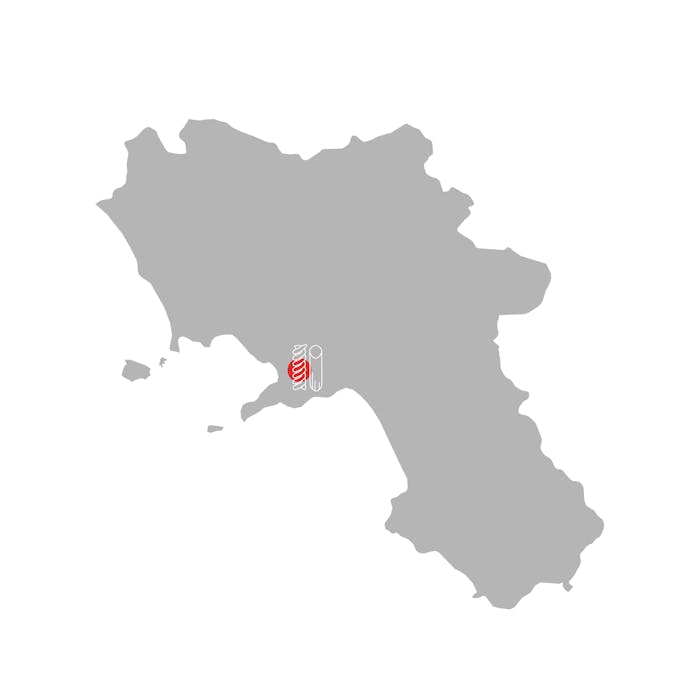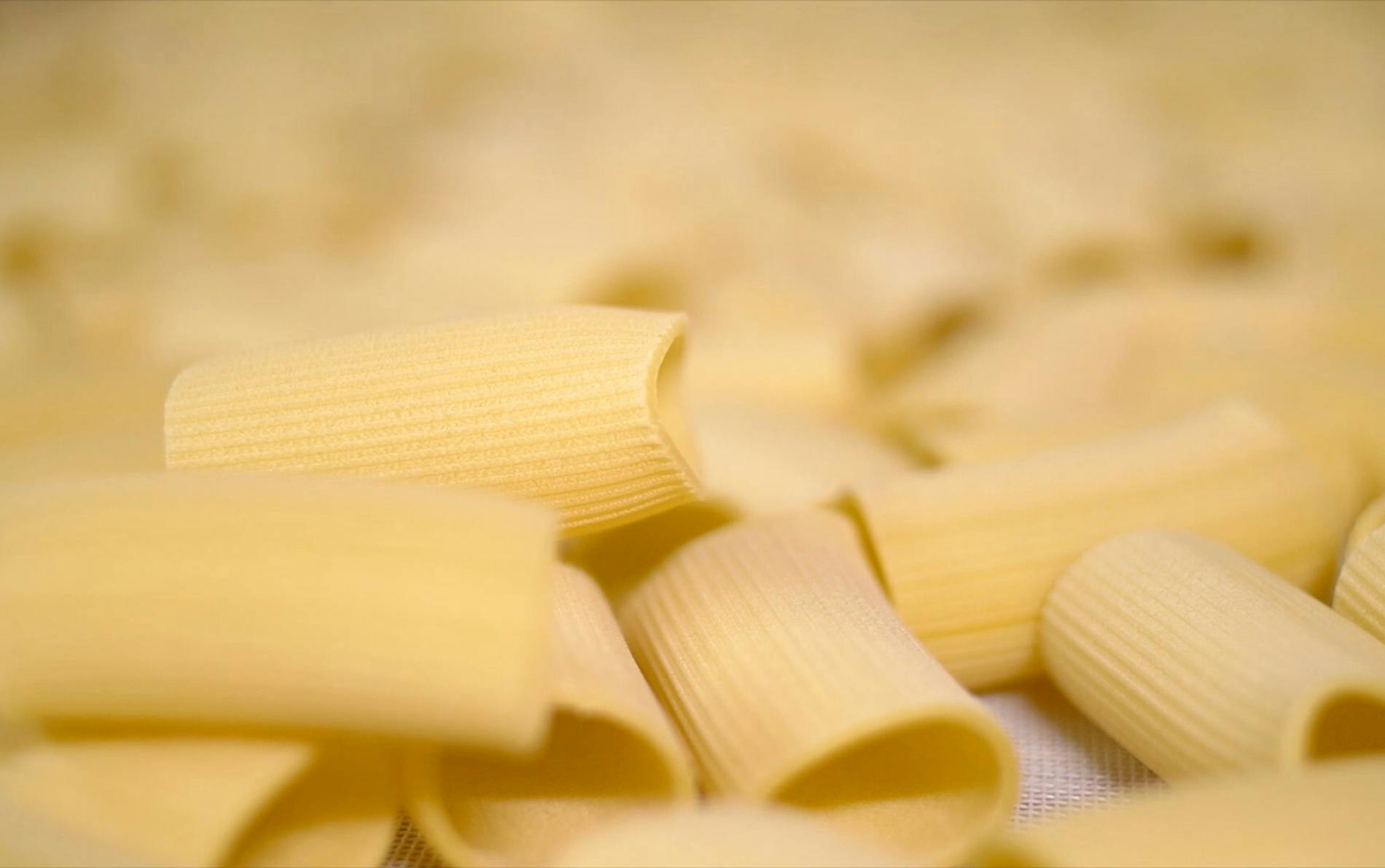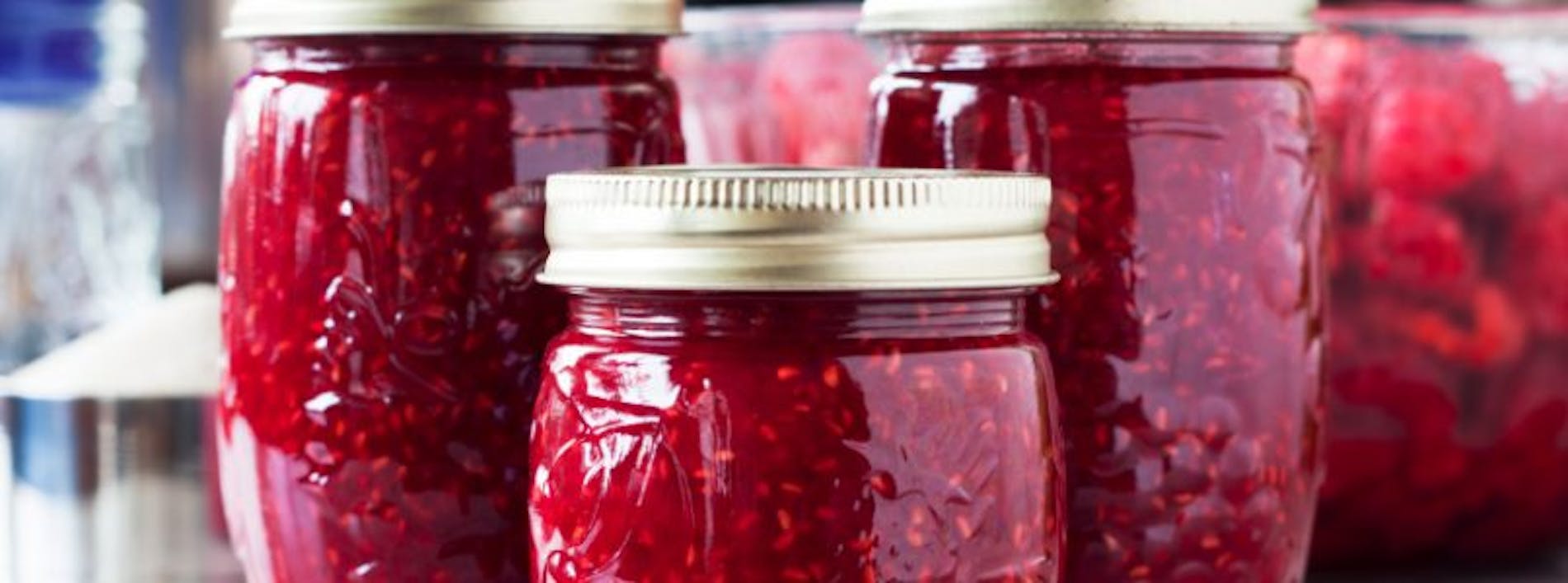
Gentile
The Estate
In the small town of Gragnano, Italy, members of the Zampino family are custodians of a nation’s pasta tradition. Gragnano’s place in pasta history is rooted in its location, not far from the Amalfi Coast, where the combination of water, mountain air, and plenty of sunshine popularized the air-dried, bronze-extruded pasta around the world. Back in the 1930s, there were as many as 150 pasta mills in the area. Today, there are 13.
Brothers and pastai—pasta makers—Pasquale and Alberto Zampino along with their father, Natale, care for Pastificio Gentile, the family business that began in 1876 and today produces 50 types of pasta. From the traditional Neapolitan shapes of bucatini, mafalde, conchiglioni, and paccheri to the all-time favourites of penne, linguine, and spaghetti—the shapes are made with bronze plates, save for the most famous Pastificio Gentile shape, the handmade fusilli roughly 50 centimetres long, each individual noodle twisted around a knitting needle to give it its helical shape.
“What made Gragnano so famous is the ventilated microclimate for the production of dry pasta,” states Alberto. From the garden terrace of his pasta mill, where a 200-year-old pomegranate tree shows signs of first fruit, he points in the direction of via Roma, the historic street in town, where, in the old days, pasta was left to hang on rods to dry in the sun as wind would pour down the valley. “The morning wind from the sea is humid,” explains Alberto. “The afternoon wind from the mountains is dry. The combination of the two winds made for the best drying method.”


The Pasta

Making pasta the old-fashioned way means slowing down the process. Drying it at lower temperatures takes longer; so does running the dough through holes in bronze plates instead of Teflon ones. Gentile’s pasta is bronze drawn—as the dough is pressed through bronze plates, the roughness of the holes creates a porous surface that helps the pasta cook evenly and absorb more sauce—and slowly dried using the Cirillo method, which simulates outdoor conditions. The pasta hangs from rods in a drying chamber with a maximum temperature of 50°C, where heaters act as the sun and fans as wind. (An engineer named Cirillo created the method that would mimic the natural drying of pasta inside the factory.)
The preserves

The Gentile Preserves are small treasure chests that preserve the authentic flavor of a carefully selected raw material, worked following the teachings that mother Maria learned from her family and which today she transmits to the girls who support her during production.
All vegetables and fruit are processed a few hours after the harvest, the cans are filled by hand and checked individually, free of artificial preservatives.
